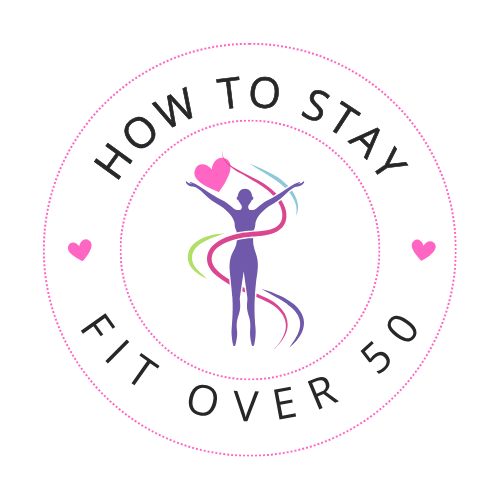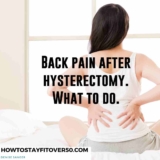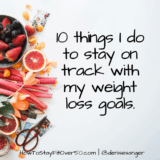Back pain after a hysterectomy can be an unexpected and uncomfortable side effect of an otherwise routine surgical procedure. Before we start, I want to say ...
Well, as if childbirth alone wasn't enough, along comes menopause and often hysterectomy. After dealing with hemorrhaging every single month, I decided enough ...
Are you a woman who has recently undergone a hysterectomy and is now looking to shed those extra pounds? The journey to weight loss after a hysterectomy can be ...
After undergoing hip replacement surgery, many people are eager to get back to their normal activities, including their yoga practice. However, it is important ...
Losing weight can be a challenging task for anyone. Losing weight after a hysterectomy can be doubly hard. This surgical procedure involves the removal of the ...
My number one video on Youtube? It's After the hysterectomy - Sex. What to expect followed by After The Hysterectomy What To Expect Weight Loss. If you've ...
Probably one of the worst things that happens to many of us as we move into then out of menopause is our belly or should I say menopausal belly. More ...
This is a question not only do I constantly get, but doctors also get quite often. Why is it so hard for women over 50 to lose weight? Why am I gaining ...
Menopause. The word itself can put even the strongest woman on alert. We hear all these horror stories about menopause but really don't know 100% until we ...
It never ceases to amaze me that many folks believe that having a hysterectomy will not affect the body in any way. Well let me rephrase that. That having a ...
A woman's body is a beautiful thing. Truly incredible in everything it does with grace throughout our lifetimes. And like women themselves, a woman's body ...
It's been several years now since my hysterectomy and I'm closer to 60 now than 50. I'm definitely still on a learning curve when it comes to my weight loss ...













